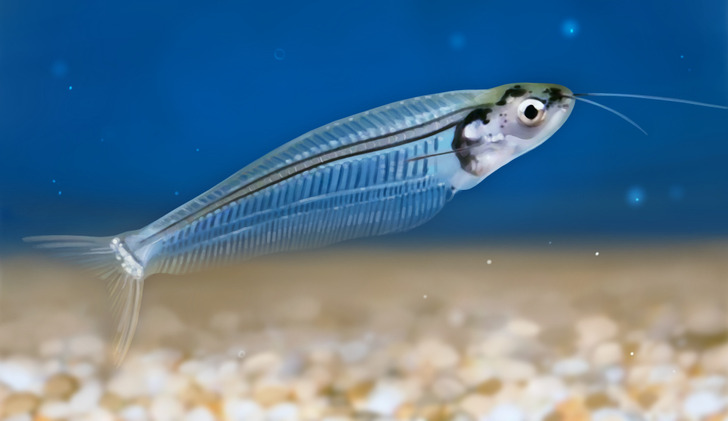The Kinds of Transparent Animals There Are
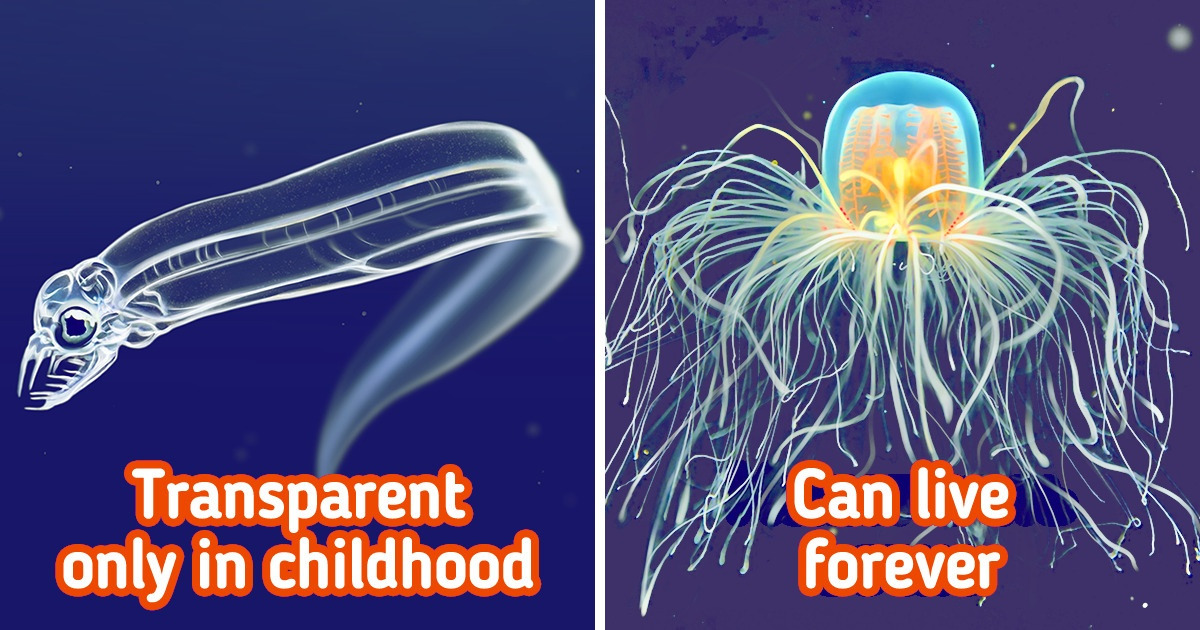
The diversity of the animal world on Earth is so huge that scientists still keep discovering new species. Some of them have unusual shapes, others have peculiar colors, and many have special features to help them survive.
This 5-Minute Crafts article will tell you about the amazing creatures that have semi-transparent or completely transparent bodies.
Pharaoh ants
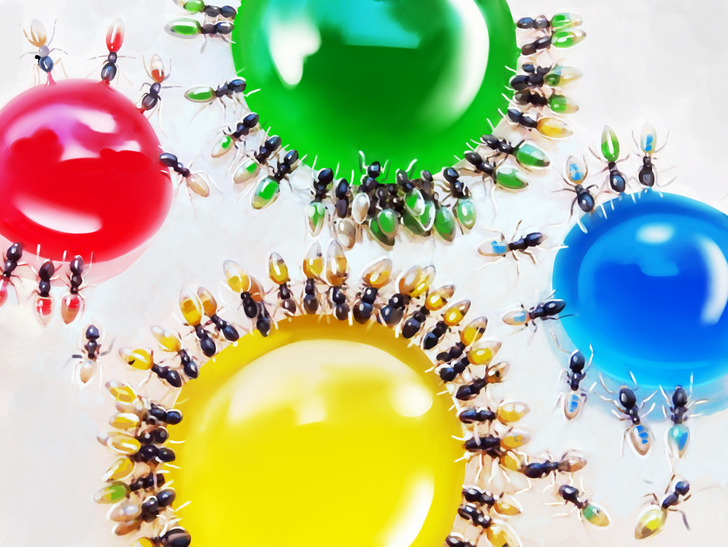
Pharaoh ants are small, almost transparent insects of a yellow or light-brown color. They are pests because they often live in people’s homes, office buildings, and hospitals. They eat very different foods and can eat through different materials and destroy them.
Glass octopus
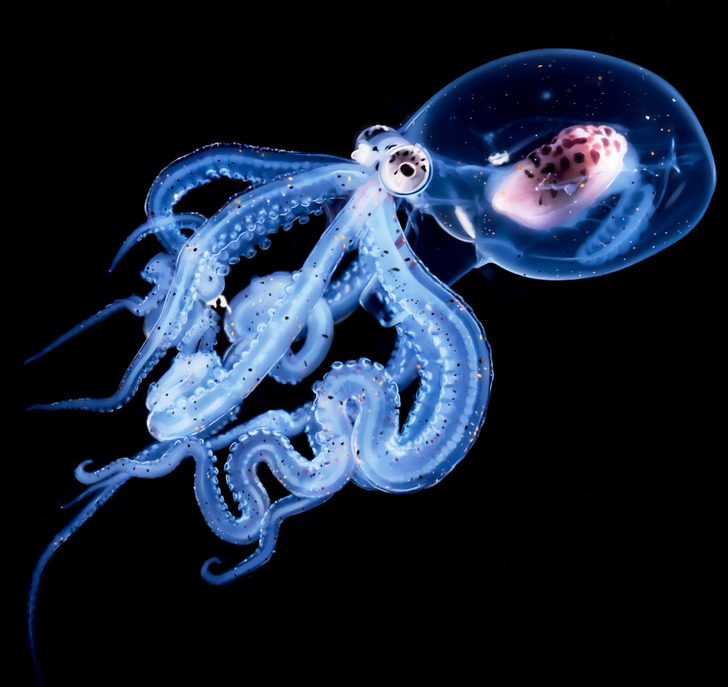
These deep-water octopuses are almost completely transparent. Inside their bodies, you can see only the optic nerve, the eyes, and the digestive system. They live in sea depths where there is almost no sunlight, which is why we don’t know a lot about them.
Blackfin icefish
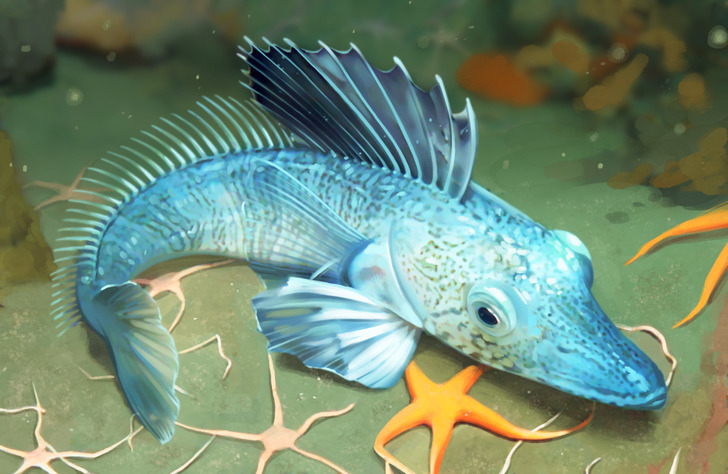
The blackfin icefish has a few very rare features for fish. It has no scales — instead, there’s thin skin full of vessels. The blood of such fish is colorless and transparent and contains no hemoglobin. The red blood cells are usually absent, but if there are some, they are rare and don’t function. Thanks to these features, the fish seems semi-transparent.
Greta oto (glasswing butterfly)
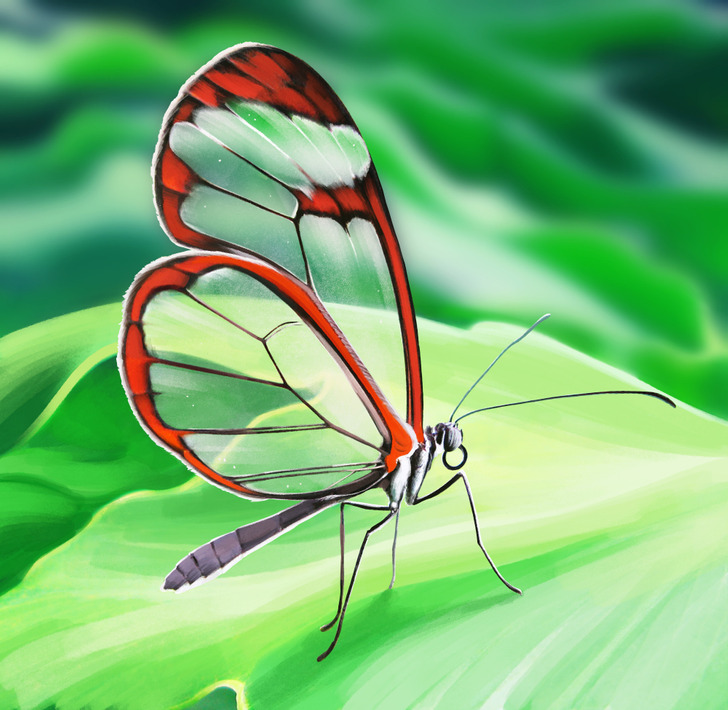
Greta oto is a butterfly also known as the glasswing butterfly. The transparent wings let the insect blend in with the environment and hide from enemies.
Transparency is a rare phenomenon found in very few butterflies that use mimicry to scare away predators.
Sea gooseberry
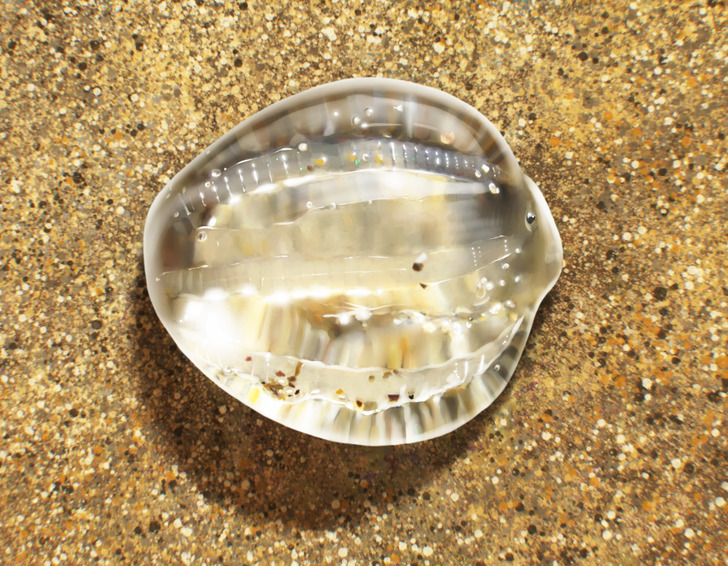
Pleurobrachia bachei, also known as the sea gooseberry, is a small animal-like Ctenophora that can be seen primarily in the surface waters of the coastal NW Pacific.
Their bodies are 99% water. They have 2 tentacles lacking stinging cells.
Portuguese man o’ war
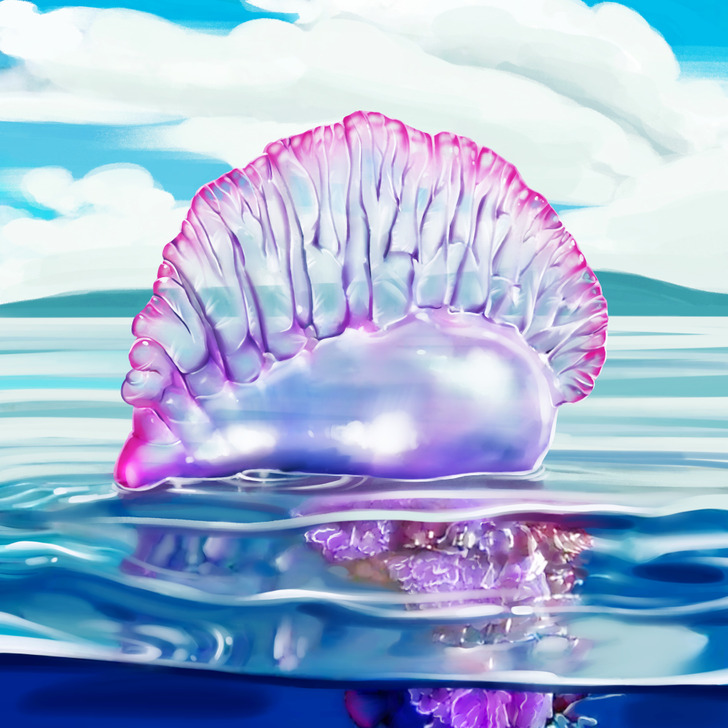
Ghost shrimp (glass shrimp)
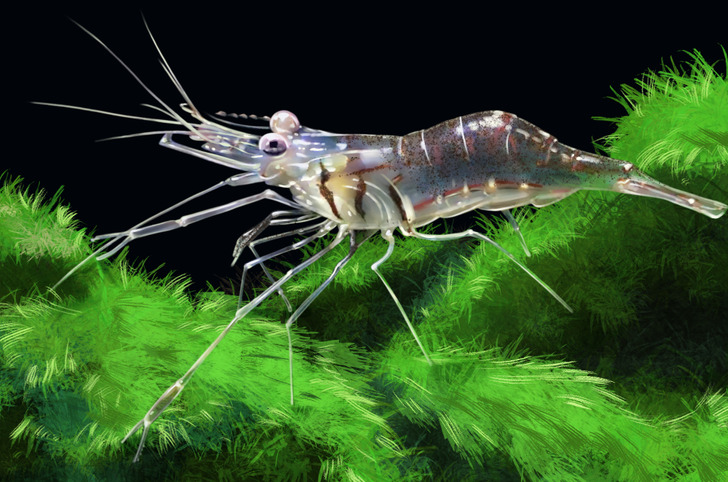
These shrimp live in fresh water or a bit salty water, usually in lakes. They are quite small — they only reach up to 2.5 cm and are very transparent. By controlling the pigments on their bodies, ghost shrimp can disguise themselves to look like surrounding objects.
Sea angel
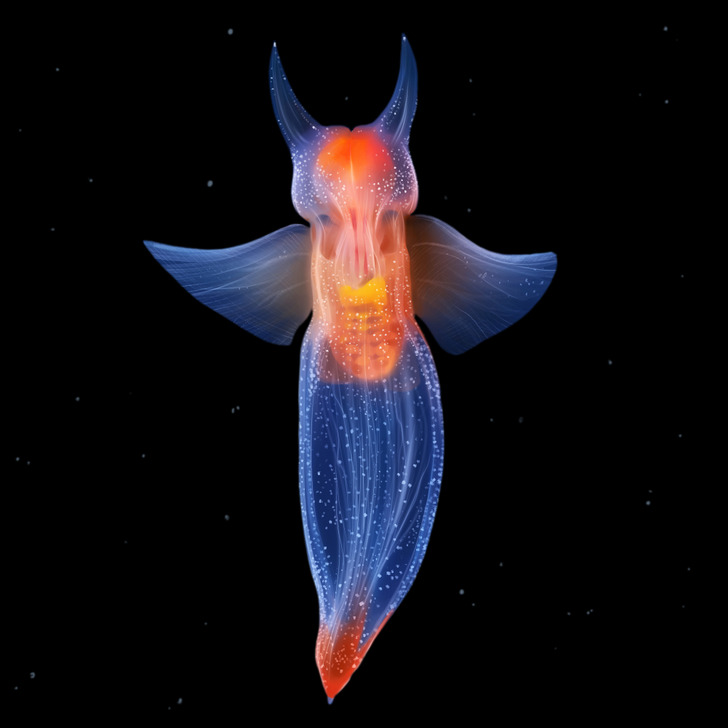
Leptocephalus
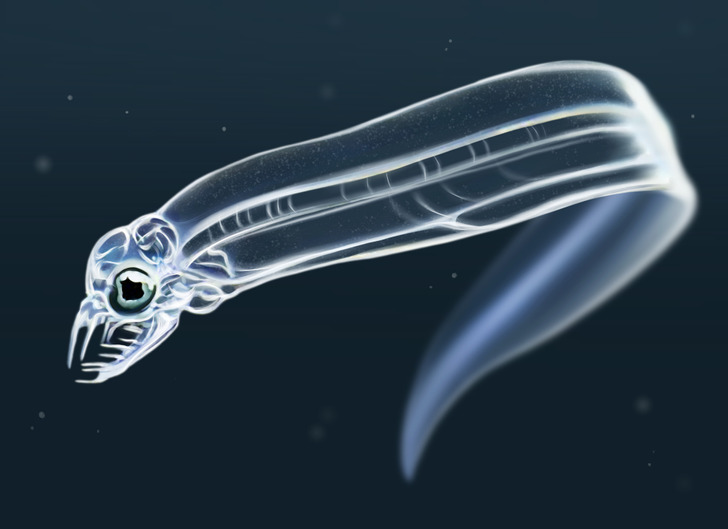
Leptocephalus is the larva of eels. Unlike many other fish, eels spend a longer time (anywhere from 3 months up to 1 year) in the larva stage. So these larvae have a completely transparent body, are flat on the sides, and have fang-like teeth. Their blood doesn’t have red cells until the larva turns into an adult fish.
Glass frog
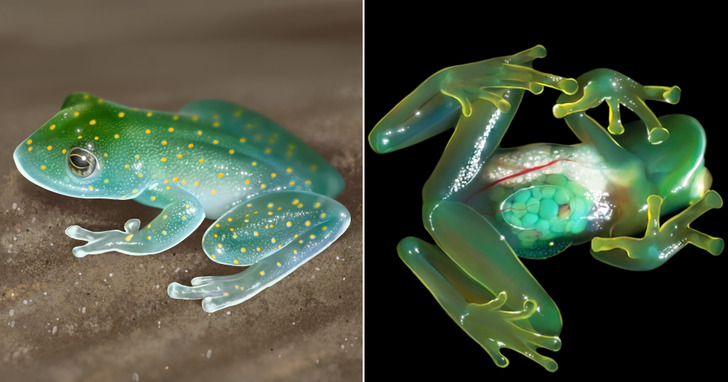
Immortal jellyfish
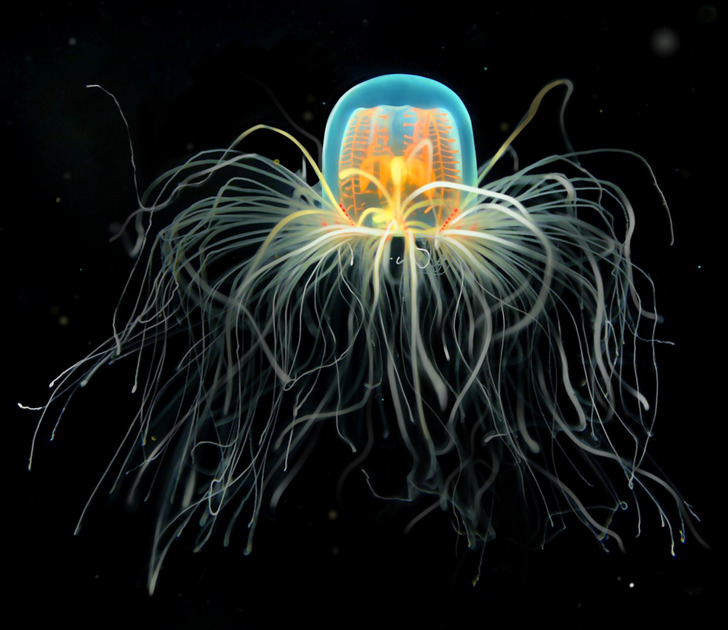
The Turritopsis dohrnii jellyfish is considered to be immortal. They start their lives as larvae that settle down, forming a colony of polyps that are attached to the seafloor. The polyps form buds that turn into jellyfish that can move freely in the water. If a jellyfish gets sick, gets attacked by a predator, or starts to get old, it can return to the stage of a polyp and be reborn.
Theoretically, this process can go on forever, which makes this jellyfish biologically immortal. Of course, it might die if it’s eaten by a predator.
Ghost catfish
